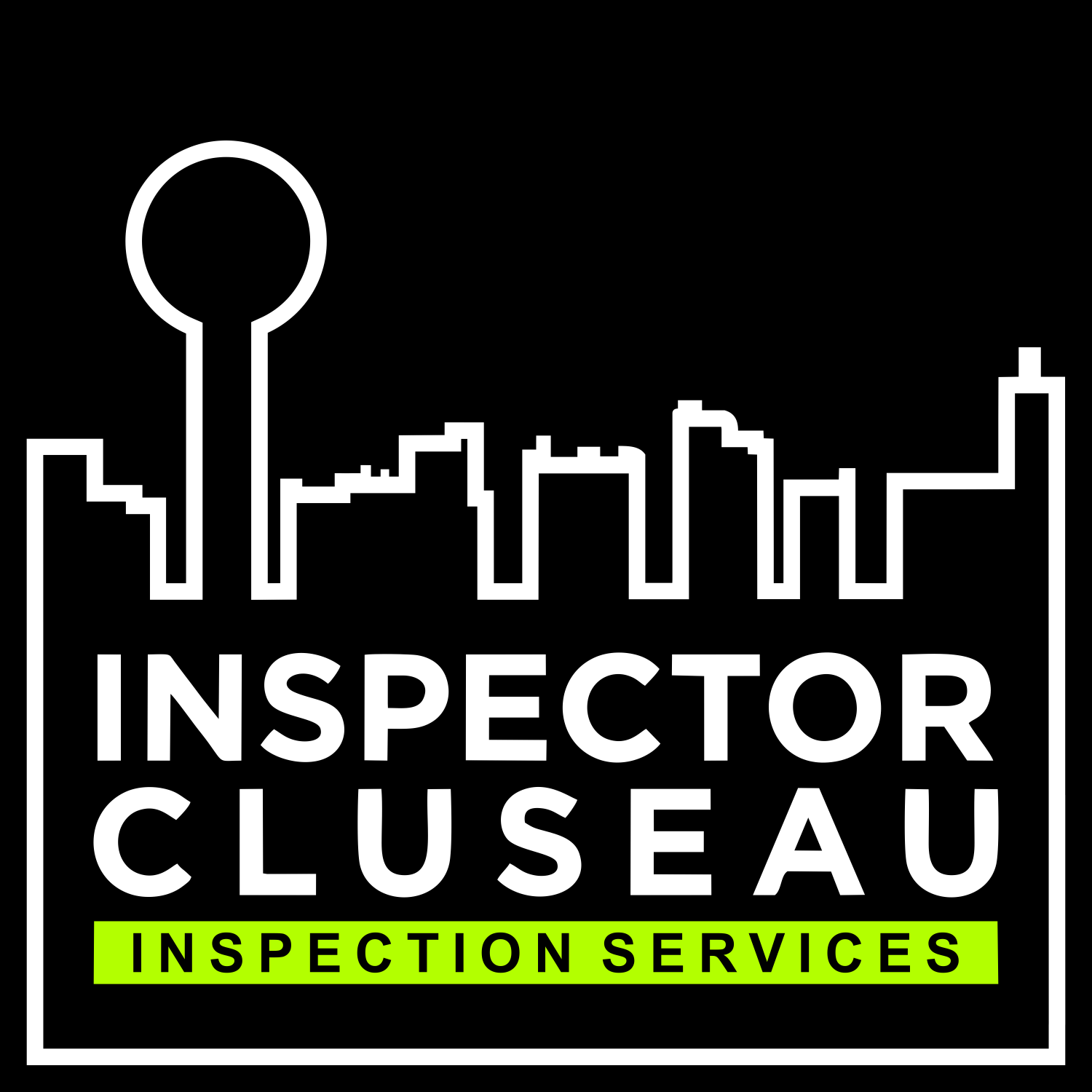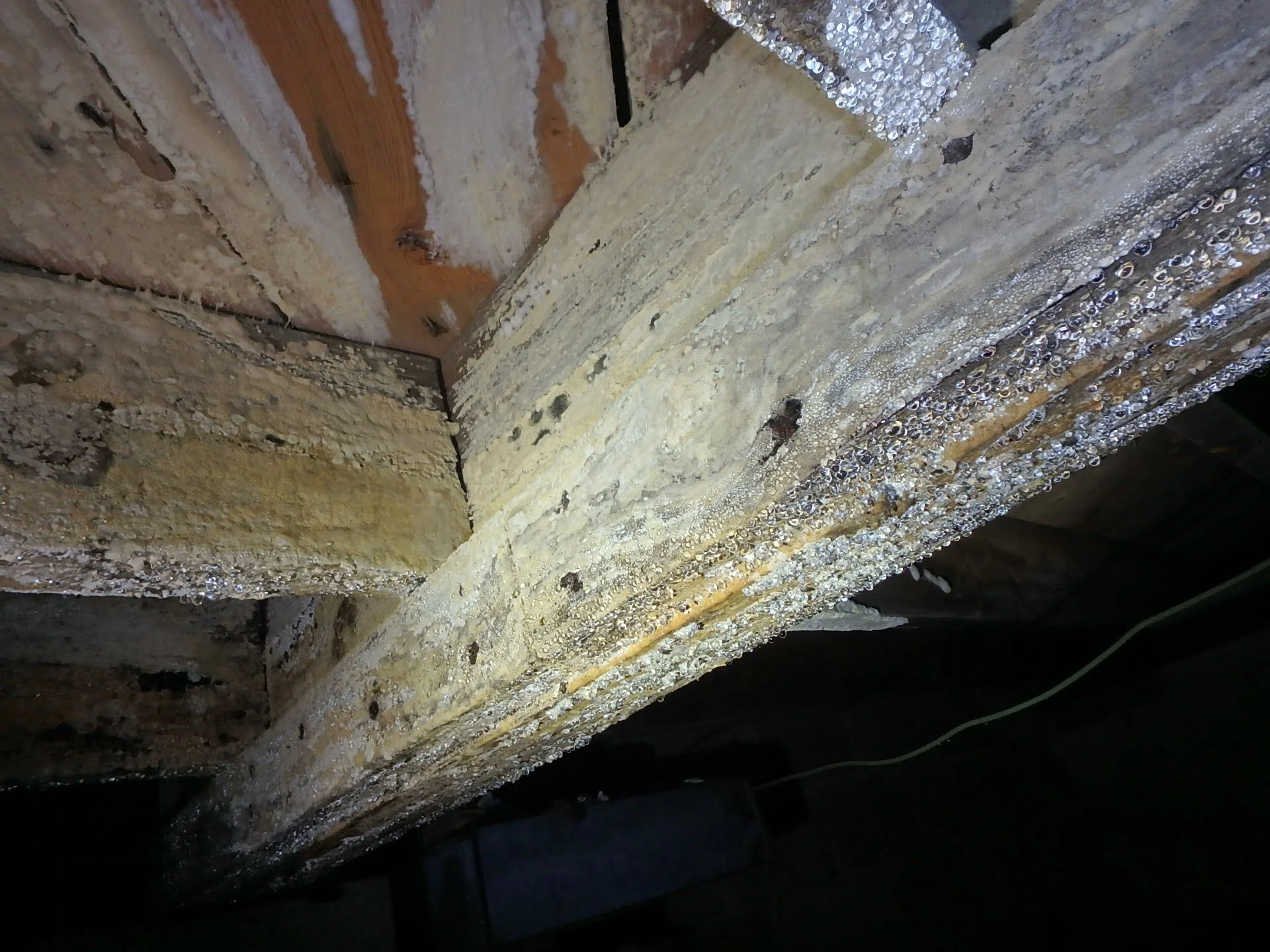yes!
This seems to be a reoccurring topic in the home inspection world. We find mold in a crawlspace and later find out that a local service provider states that they have “killed” the mold and says that it does not need to be removed. As inspectors, we are left in a tough position because the company that applied the treatment is making a claim that “dead mold does not need to be removed”. Yet, we are advisors to our clients, and based on our understanding from the leaders in the industry, this is just not true.
all credible sources in the mold remediation and health industry say that mold should be removed.
Based on our research, we have not located a single credible organization or professional that supports leaving mold on a surface in a home or building. Actually, the opposite is true. Every credible source that we have identified has stated that mold within a home or building should be removed as part of corrective steps to prevent potential health issues.
The CDC states that people can still have adverse health reactions to dead mold spores.
Furthermore, how would anyone know what mold is dead and what mold is alive? If you are selling your house or even just trying to monitor “old-growth versus new growth”, you can not tell a difference between what mold was there before and what new spores have recently grown. But if the existing mold is removed, then you can start with a clean slate and you will have the ability to monitor for new growth over a period of time.
All credible mold remediation standards follow the same basic footprint:
1. Identify the source of the moisture and stop it from occurring.
2. Remove the mold and replace any materials that are damaged beyond repair.
3. Treat the affected surfaces.
The Environmental Protection Agency (EPA)
“If mold is a problem in your home,
you must clean up the mold
and eliminate sources of moisture.”
The center for disease control (CDC)
“It is important to properly clean and dry the area
as you can still have an allergic reaction to parts of the dead mold
and mold contamination may recur if there is still a source of moisture.”
Building Science Corporation
“You should deal with all mold exactly the same way.
Fix the water problem that caused it.
Replace the water damaged materials.
Clean up the mold, dust and mold spores.”
Fiberlock Technologies
“Mold Killer”
“To disinfect or sanitize,
first clean the surfaces of all contamination including mold,
mildew and dirt using ShockWave.”





